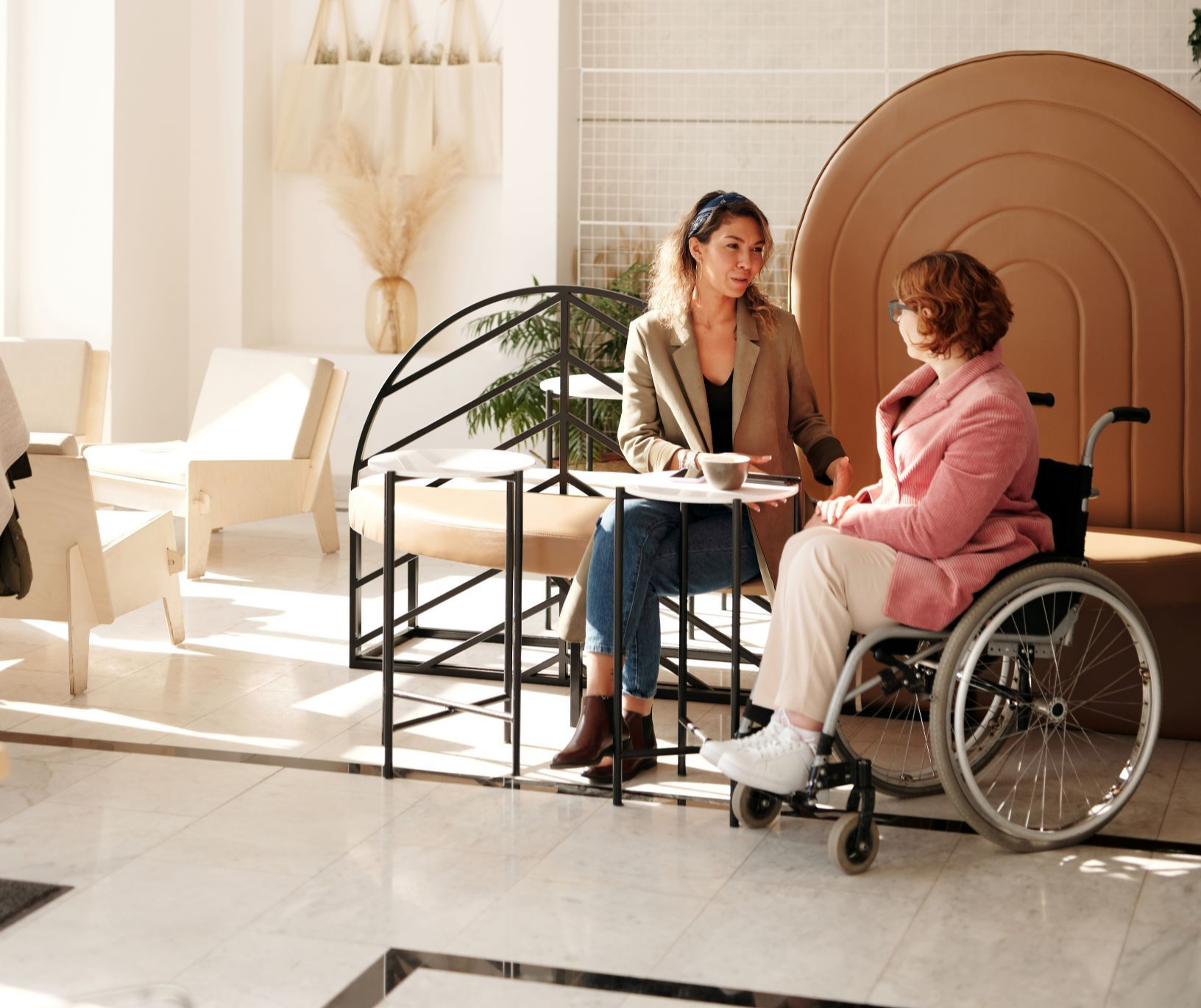Welcome to guest blogger and OT Karon Uzzell-Baggett, OTD, OTR/L
Lt Col (ret), USAF
Our Nation has always relied on brave men and women who have been willing to defend the country and preserve our democratic way of life. It is estimated that there are 18 million living veterans in the United States, but the share of the US population with military experience has steadily declined. The most recent census estimated that 6% of the country’s adult population had military experience in 2022 (Schaeffer, 2023). It is critical for occupational therapy practitioners to understand this unique population to afford them the best care--they have earned it!
Keep reading to discover:
• OT’s Unique Historical Linkage to the Military
• Understanding Changing Veteran Demographics
• Why Knowledge Now Matters
• What You Will Learn
OT’s Unique Historical Linkage to the Military
Occupational therapy has been interconnected with our Nation’s warriors since the very beginning of our profession. Hopefully, you remember reading Willard and Spackman’s Occupational Therapy in one of your introductory courses where the contextual history of OT was discussed. The grinding toll of World War I, with its devastating physical and psychological injuries, gave birth to the need for rehabilitation workers and realization that women could fill these critical roles while the men assumed combat roles. These rehabilitation workers would become reconstruction aides who worked alongside others to promote the importance of rehabilitation of the body and mind through occupation. OT’s vital contributions to active-duty, former and retired military personnel continue today in numerous settings beyond just rehabilitation.
Understanding Changing Veteran Demographics
If your mental picture of a veteran is an older White male telling “war stories” with a ball cap, emblazoned with the name of a military campaign on it and enameled pins affixed to it, perched on his head, that may have been accurate in past years, but this image is quickly becoming outdated. According to the Pew Research Center (Schaeffer, 2023), veterans who served in the last 30 years comprise the largest number of living veterans (i.e., the Gulf War in the early 1990s, Operations Enduring Freedom and Iraqi Freedom in the early 2000’s, etc.). These individuals may range in age from late 40’s to early 70’s and may have a wide array of medical conditions. Per both the Department of Veterans Affairs (VA) and Pew Research Center, women represent the fastest growing veteran demographic, predicted to increase to 18% in 2048 while the male veteran population decreases (Schaeffer, 2023). Veterans will also become more diverse with the share of Hispanic veterans practically doubling from 9% to 15% and the number of Black veterans increasing from 13% to 15% (Schaeffer, 2023). These changing demographics in age, race and gender highlight the criticality for OTs to understand common health conditions affecting these groups and highlight new or emerging areas of practice for OTs like women’s health, polytrauma, trauma-informed care, etc.
Why Knowledge Now Matters
Now is an opportune time to learn more about the veteran population! In 2022, the Sergeant First Class Heath Robinson Honoring Our Promise to Address Comprehensive Toxins Act or PACT Act was passed through bi-partisan action and signed by President Joseph Biden. This legislation dramatically expanded VA healthcare options for veterans from various military conflicts who were exposed to toxic substances, burn pits and other hazards encountered during military service. As a result, more veterans are now seeking care for their complex medical conditions. One of the avenues they have used to seek care is through supplementation of VA healthcare services by community-based providers. Community-based providers need to be knowledgeable about the physical and psychological needs of veterans and hopefully, this course will be one of the tools you find helpful.
What You Will Learn
I am honored to have been asked by the visionary founders of Aspire OT to create a course focusing on veterans. The military community is definitely one I know, love and am proud to be a member of. I have filled most of the essential roles that comprise the military community--dependent daughter of a military member, 24-year military officer, military spouse, military mom, and military retiree. When I was considering what to do to keep serving others in a beneficial capacity after I retired, I set my sights on occupational therapy and have never regretted it. With the “Caring for Our Nation’s Warriors” course, I hope to introduce you to a population you may have limited knowledge of or misperceptions about. I hope you will join me to expand your OT lens!
Reference:
Schaeffer, K. (2023, November 8). The changing face of America’s veteran population. Pew Research Center. https://www.pewresearch.org/short-reads/2023/11/08/the-changing-face-of-americas-veteran-population/



